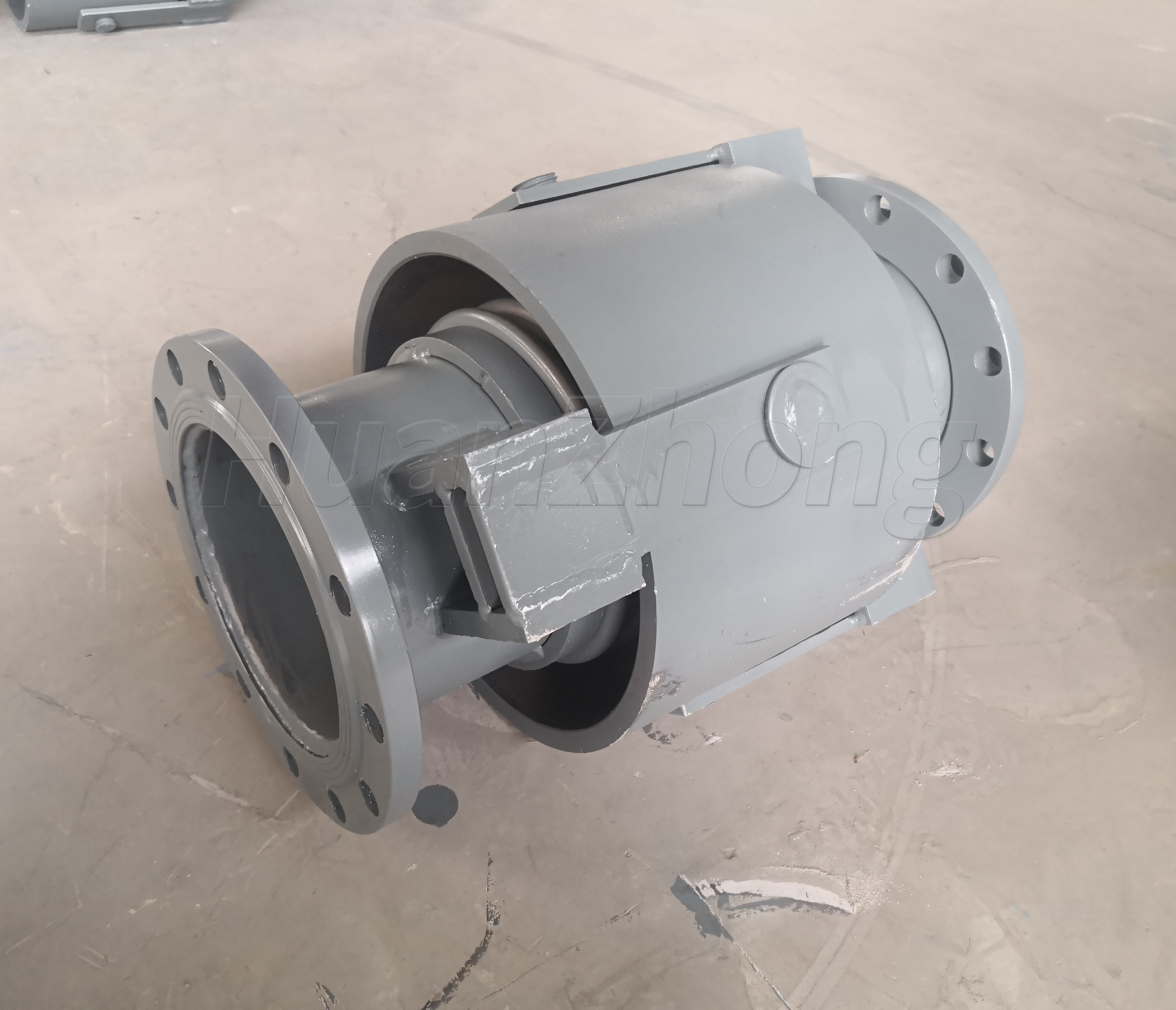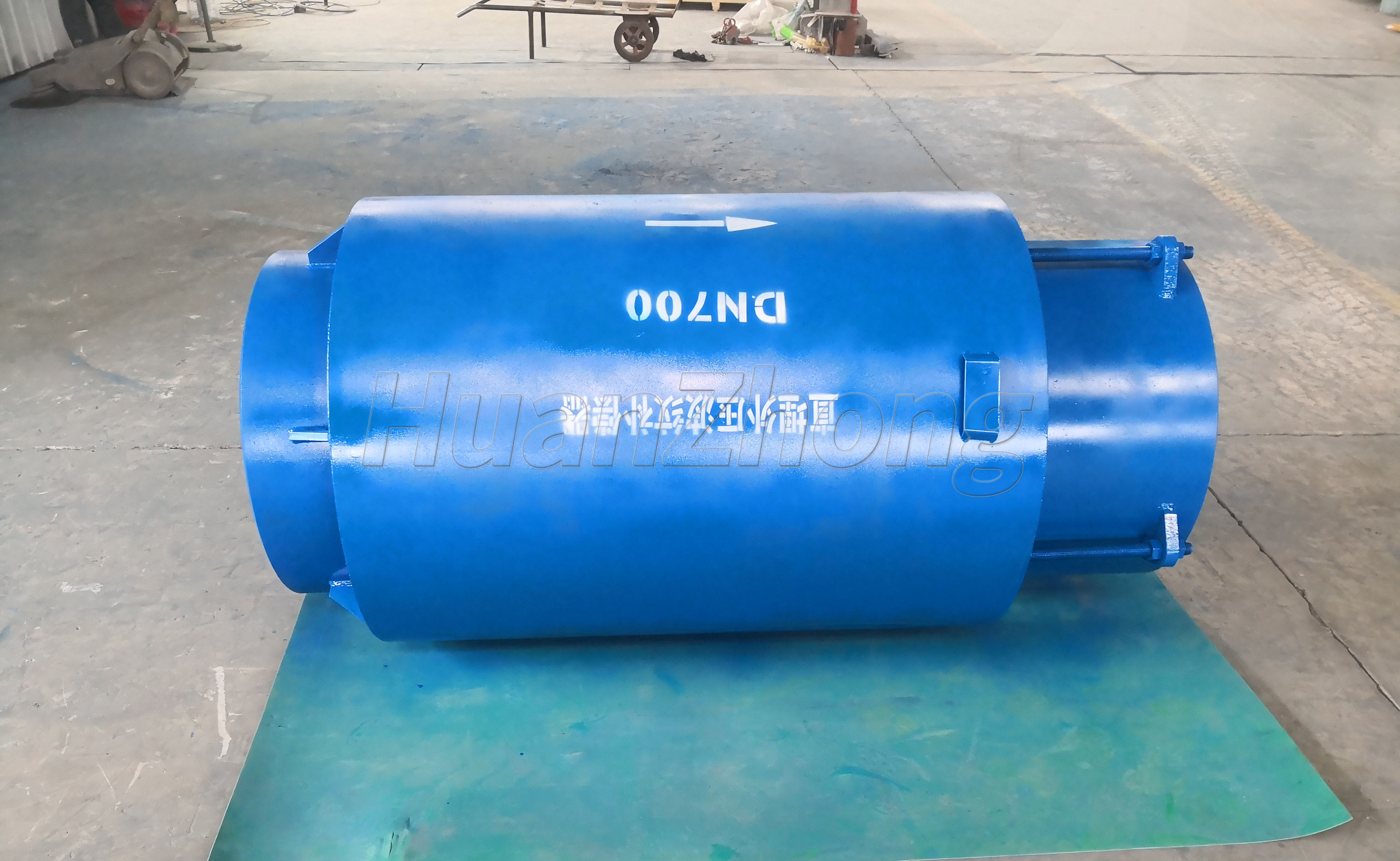What are the classifications of corrugated expansion joint waveform structure?
What are the classifications of corrugated expansion joint waveform structure?
Corrugated expansion joints are used in piping systems to compensate for thermal expansion and contraction, as well as to absorb vibrations and noise. They are made of metal or rubber and have a corrugated waveform structure that allows them to flex and compress as the piping system expands and contracts. There are several classifications of corrugated expansion joint waveform structure, including the following:
1. Axial expansion joints: Axial expansion joints have a single corrugation that runs parallel to the axis of the joint. They are used in piping systems that require axial movement, such as those that are subject to thermal expansion and contraction.
2. Universal expansion joints: Universal expansion joints have two or more corrugations that allow them to move in multiple directions. They are used in piping systems that require both axial and lateral movement, such as those that are subject to seismic activity.
3. Angular expansion joints: Angular expansion joints have a corrugation that is angled to allow for angular movement. They are used in piping systems that require angular movement, such as those that are subject to changes in direction.
4. Pressure balanced expansion joints: Pressure balanced expansion joints have a series of corrugations that are designed to balance the pressure on either side of the joint. They are used in piping systems that require a high degree of pressure balancing, such as those that are used in power plants or chemical processing facilities.
5. Hinged expansion joints: Hinged expansion joints have a hinge mechanism that allows them to move in a controlled manner. They are used in piping systems that require precise movement, such as those that are used in aerospace or defense applications.
6. Gimbal expansion joints: Gimbal expansion joints have a gimbal mechanism that allows them to move in multiple directions. They are used in piping systems that require a high degree of flexibility, such as those that are used in offshore drilling or shipbuilding.
In summary, there are several classifications of corrugated expansion joint waveform structure, including axial, universal, angular, pressure balanced, hinged, and gimbal expansion joints. Each type of joint is designed to accommodate different types of movement and stress in piping systems, and they should be selected and installed based on the specific needs of the system.

